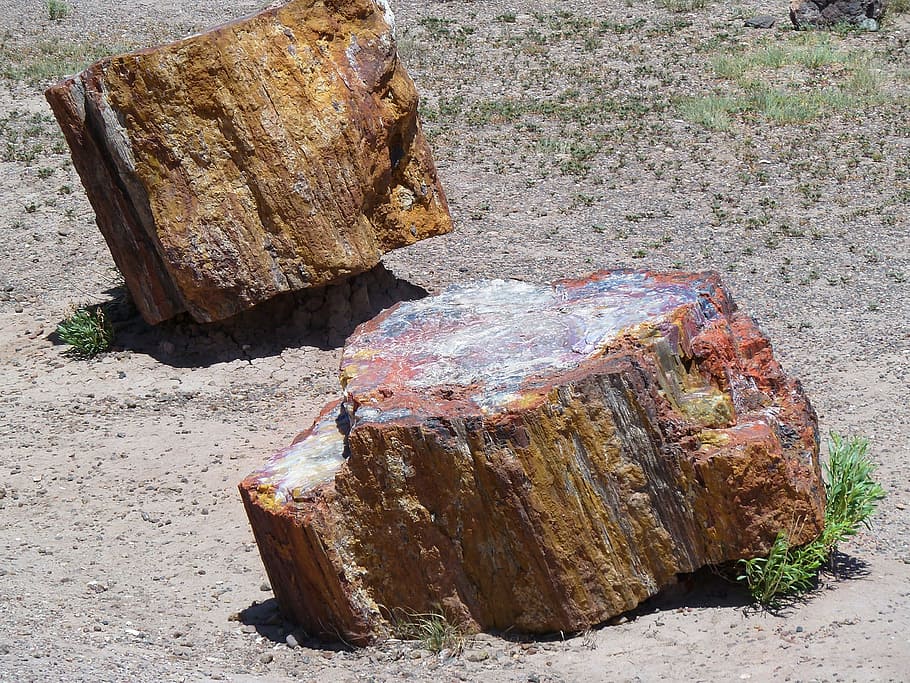Petrified wood is actually a fossil that is formed when plant materials are buried into the sediment. They are protected against decay by organisms and sediment. Groundwater filled with dissolved solids freely flows into the sediment, thus serving as a replacement to the main plant material with calcite, silica, pyrite, as well as other inorganic material – opal included. This results in the fossil that is found in the original material which preserved specific characteristics of the wood, bark, and other cellular structures. However, not all petrified work is naturally created. If you are interested in the process, check out how to petrify wood.
What You Need
- Big container
- Water (mineral-rich)
- Volcanic or spring water
- Dilute acid
- Brush
- Wood
- Sodium silicate solution (about 15% in dry form)
Step by Step Instructions
Step 1 – Combine Water and Clay
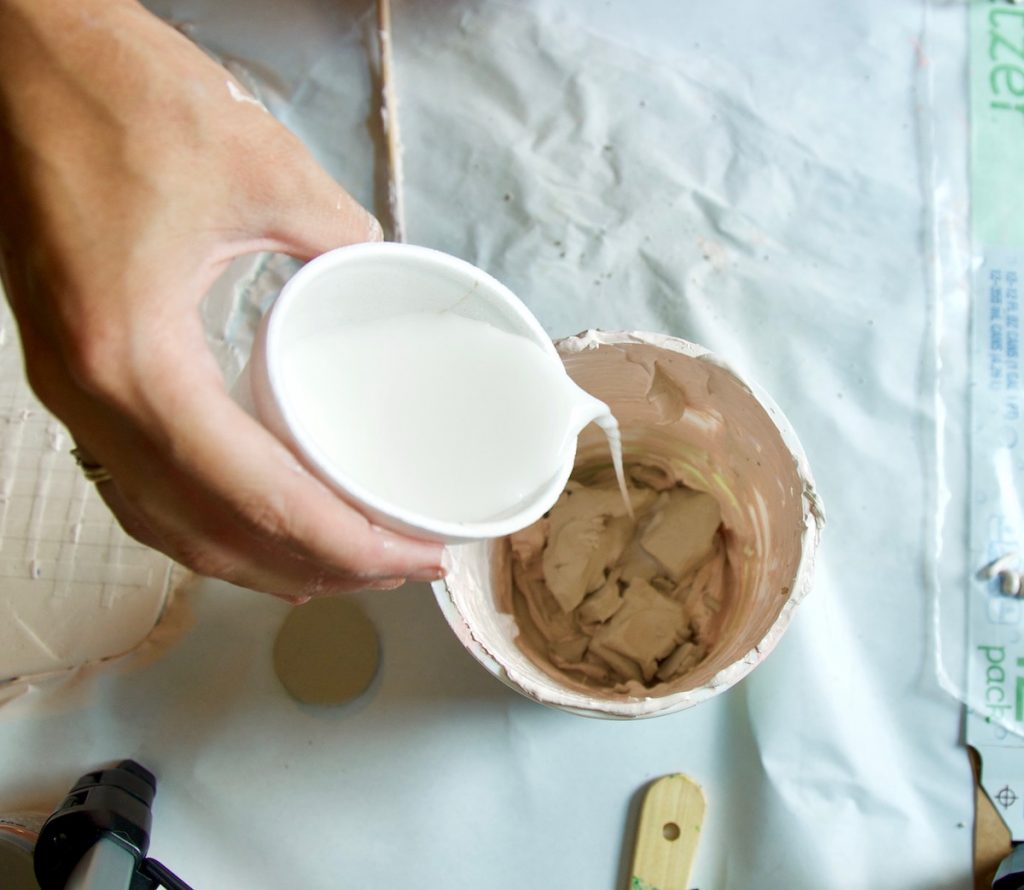
Image Source: https://theartofeducation.edu/2019/02/25/the-pros-and-cons-of-working-with-air-dry-clay/
Combine together water and mineral clay. The type of clay that you can use for this is either China clay, microlite, Freeport clay, volcanic ash, pascalite Montana clay, bentonite, or desert mineral clay. Combine together 5-pounds of your selected clay for every five gallons of water. You may want to start by combining together one pound of clay with one gallon of water. The result of this is mineral-filled water that is required for the reaction.
Step 2 – Add Volcanic/Water Spring

In a huge container, combine together 20 gallons of volcanic or spring water with the earlier prepared mineral-filled water. Among other things that you need to remember when doing this process is making sure that the mineral-rich solution has been prepared accordingly in order to avoid potential problems with the process along the way.
Step 3 – Add Sodium Silicate
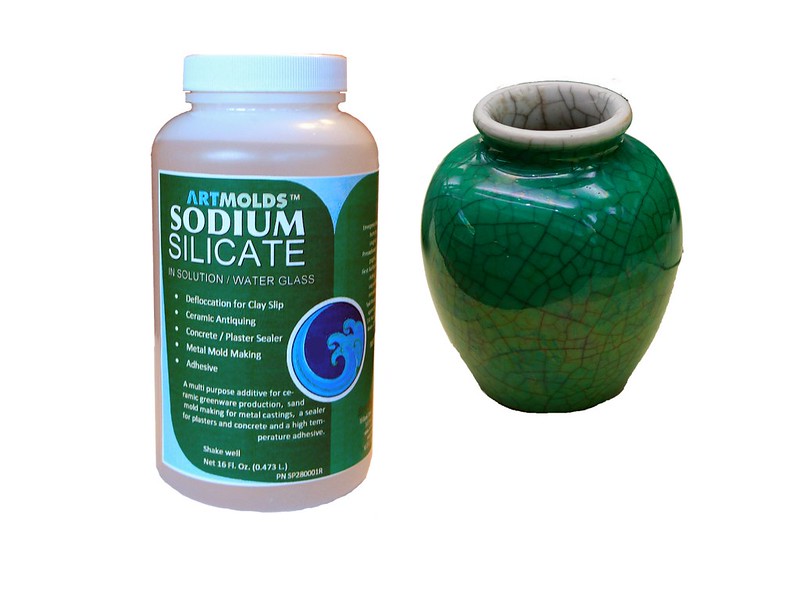
Pour in your solution for sodium silicate (10 gallons). This solution is also referred to as water glass. Sodium silicate, in liquid form, reacts in acidic conditions in order to form into a solid glassy gel. This characteristic makes it beneficial while serving as a bonding agent in products that are cemented, such as abrasive wheels and concrete. This also works wonders in petrifying wood.
Step 4 – Add Citric Acid
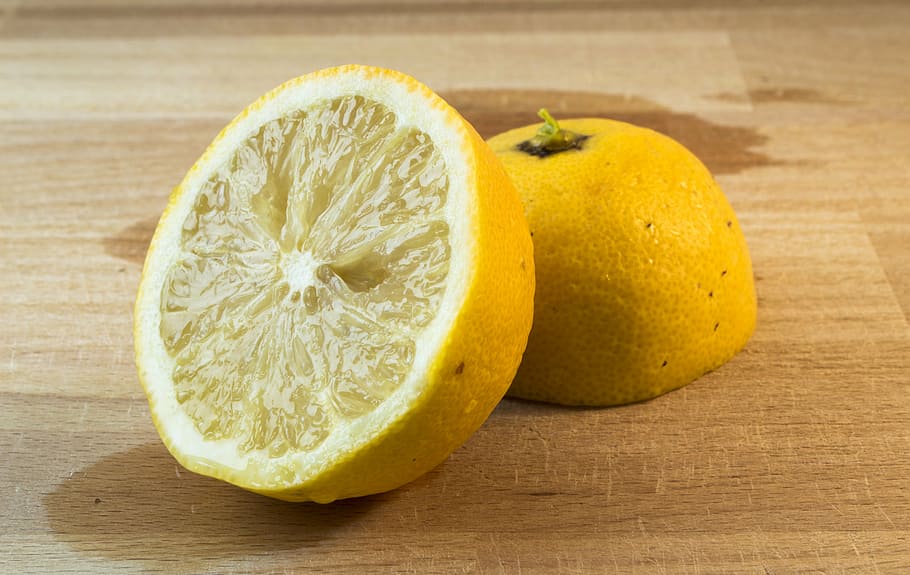
Add about one teaspoon of citric acid (diluted) with a 4 to 5.5 pH level. While you can get a ready-to-use diluted citric acid, you can also make a solution on your own. This can be done by dissolving 2 g of citric acid monohydrate in 10 ml of water, mixing together.
Step 5 – Coat the Wood With the Solution
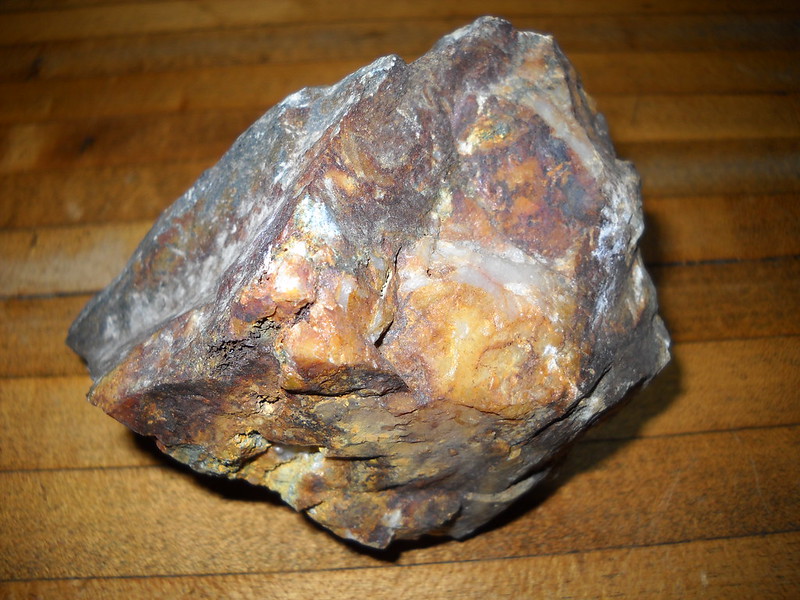
Using the solution, coat the wood, and brushing it sells. This needs fireproof protection for petrification. If you deem that it is possible, it works perfectly well in order to cover the wood completely by dunking it right to the solution a few times.
Wood that is petrified is used often in lapidary work. This means that the wood is cut in different shapes for the creation of jewelry and sawn into different blocks to get bookends. They can also be sawn in order to create tabletops or turned into think slabs to make clock faces. Smaller bits of wood that are petrified may be placed inside a rock tumbler in order to produce tumbled stones.
However, only a small part of the wood that is petrified is ideal for this type of lapidary work. Specimens that are preserved poorly or those that come fractures that are closely-spaced or voids may not polish well, which could result in breaking while working. Those that are spectacular in color, with no voids or fractures are preferred for this type of lapidary work.
The collection of petrified wood may only be performed inside a private property. There should also be approval coming from the landowner, as well as on restricted tracts on properties owned by the government, especially in areas where smaller quantities are only allowed to be gathered for private and personal use. Before actual collection, acquire permission from the private property owner, or from the agency of the government who is in charge of the land where your collection will happen.
On the other hand, if you are not interested in taking this route, you can always try learning how to petrify wood, and follow the steps in this guide in order to produce petrified wood that looks similar to the original ones. This will not save you a good amount of time but allows you to be creative in making your own petrified wood.
Conclusion
If you are not willing to wait for a few million years in order to enjoy the beauty of petrified wood, the steps highlighted above will allow you to learn how to petrify wood. The resulting piece may not be as interesting and beautiful as the original ones, but they are still cool and are created in a shorter period of time. If you have any thoughts to share, feel free to share them in the comments section below. Share this article with others and share the knowledge!
